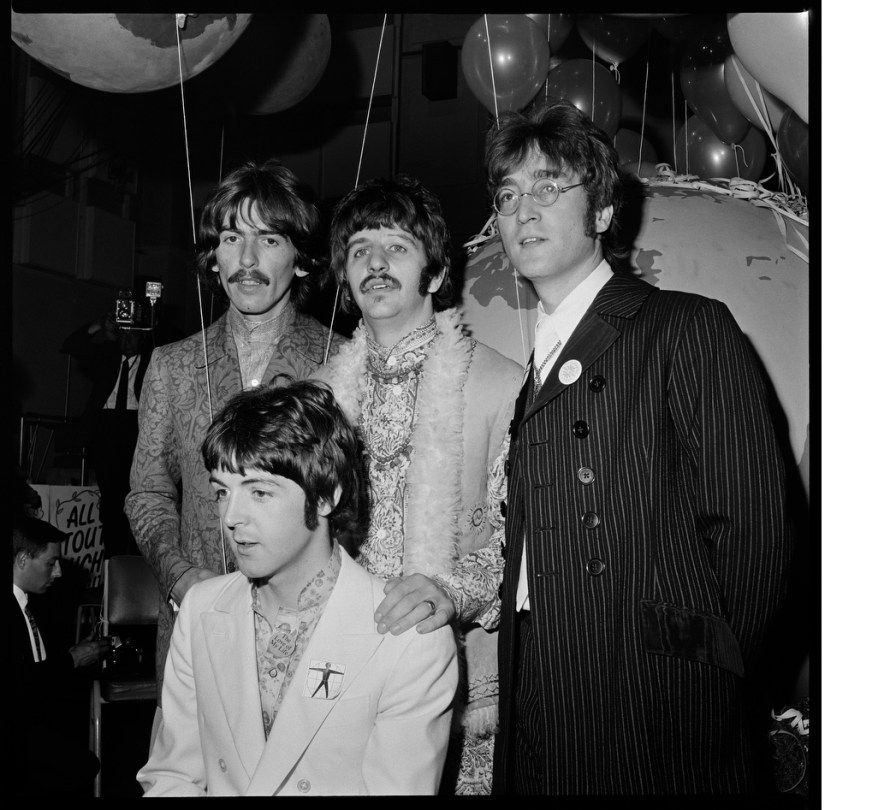Scenes From Swinging London Captured in New Book
How rock history was discovered in a cardboard box.
Though most photography is digital now, a lot of people who used film cameras probably have a box of old photos gathering dust in a garage or closet. And maybe an interested person comes along and the photographer shares the contents of the box, and maybe because this particular photographer happened to spend his teenage years immersed in the London’s legendary late ‘60s rock scene, that box contains previously undiscovered shots of some of recent music history’s biggest figures. This is how the work of photographer Alec Byrne has been rediscovered and is captured in the recently released book: LONDON ROCK: The Unseen Archive.
Interview excerpt: Byrne remembers David Bowie
Like any aspiring 16 year old mod in 1965 London, Byrne cobbled together enough money to buy a Vespa motor scooter. Not academically inclined, Byrne had already left school and joined the workforce. In 1966, he used that Vespa to land a job as a photo courier, whose job it was to rush film from news scene photographers to the darkrooms where the photos would be developed for printing and distributed to local newspapers and magazines.
“It was this vicarious thrill where you were seeing news events before your friends or family would read about them,” remembered Byrne, who appeared at SXSW to promote LONDON ROCK with a signing at the SXSW Bookstore and an interview session. “This is before television news was the leader, and the dominant media in the U.K. was newspapers.”





